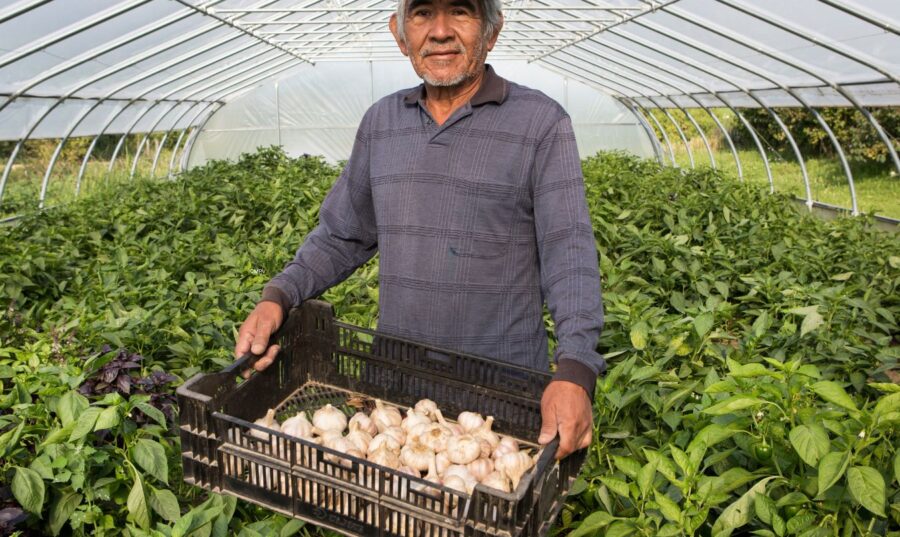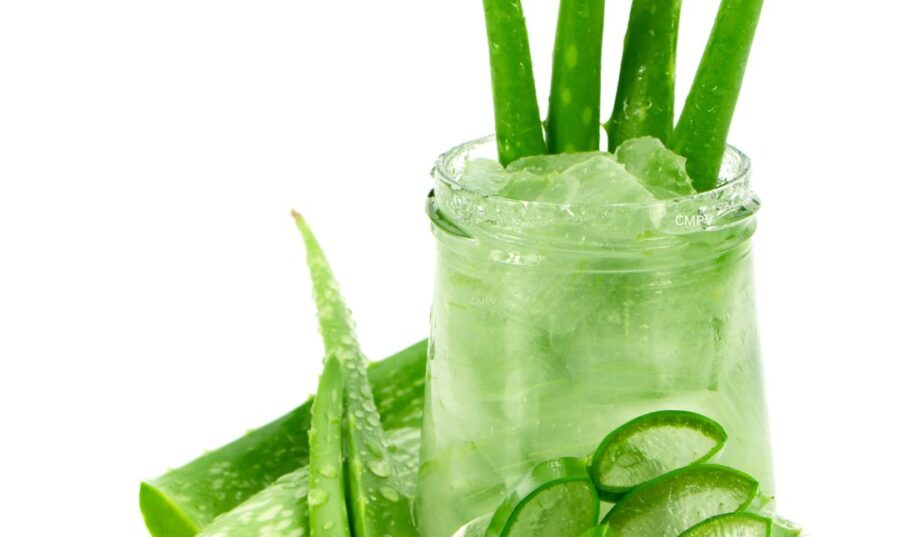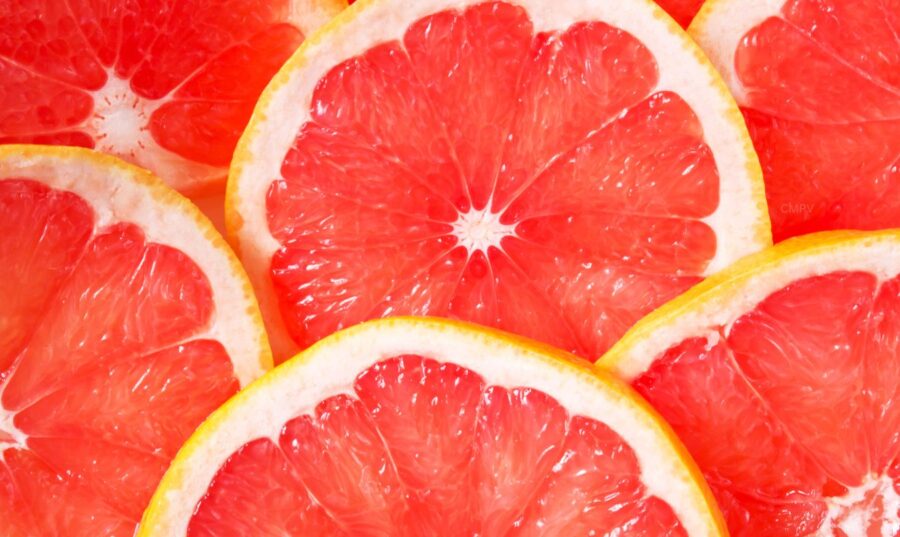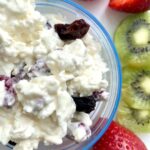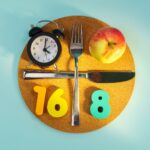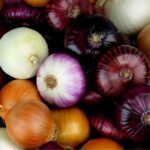|
Getting your Trinity Audio player ready...
|
El índice glucémico (IG) es una medida que describe el efecto de los alimentos en los niveles de azúcar en sangre. Esta medida indica la rapidez con la que un alimento sube el azúcar en sangre y los clasifica en IG elevado, moderado o bajo. Según los estudios, los alimentos con IG alto provocan un aumento rápido de azúcar en sangre, mientras que los de IG bajo producen cambios lentos o leves.
Las dietas que incluyen muchos alimentos con IG bajo, disminuyen el riesgo de desarrollar diabetes tipo 2. En las personas que ya tienen diabetes, mejoran el control de glucosa. Estudios epidemiológicos indican que también reducen el riesgo de cáncer de colon y el de enfermedades del corazón. Además, dietas con IG bajo, están asociadas con niveles altos del colesterol HDL (“bueno”) y con menos casos nuevos de ataques al corazón.
La escala del IG va de 0 a 100. La glucosa pura tiene el IG más alto y se le asigna un valor de 100. Aunque no hay parámetros concretos para un IG alto y uno bajo, los investigadores sugieren valores de 0 a 55 para IG bajos, de 56 a 69 para IG moderados y de 70 o más para IG altos. En la tabla a continuación, tienes algunos alimentos clasificados según su IG. Para una lista más completa revisa la Nueva Guía: Tabla de Alimentos, Índice Glucémico y Carga Glucémica creada por la Dietista Nutricionista Karla Meneses, here the link.
| Low GI | IG Moderate | High GI |
| Bulgur, barley | Chard | White rice |
| Whole grain cereals | Oatmeal | bagel |
| China grapefruit | Whole grain rice | Pumpkin |
| Plum, banana, mango | Sponge cake | Processed cereals |
| Green peas | Croissant | Figs |
| Beans, legumes, beans | Couscous | Rice or corn flakes |
| Nonfat milk and yogurt | Melon cantaloupe | water melon |
| Lentils | Rye bread and pita | Honey, sugar |
| Sweet corn, fresh carrot | Papaya | White bread |
| Apples, pears, grapes | Raisins | Potatoes |
| Peach, kiwi | Pineapple | Popcorn |
| Muesli or müsli | Beet | Risotto |
| Quinoa | Tortilla chips | Waffles |
recommendations
- Select foods with moderate and low GI.
- When you eat a high GI food, eat it with a low GI food.
- Remember that all foods have calories, even with a low GI.
- As a general rule, processed and ultra-processed foods have a high GI.
- Instant cereals have a high GI.
- Some high GI foods are rich in nutrients. Consume them together with another one with a low GI.
- Select a variety of foods so that each meal provides the nutrients you need.
- The riper the fruit or vegetable, the higher its GI will be.
- Fruit or vegetable juice has a higher GI than fresh fruit or vegetables. In its preparation, most of the fiber is removed.
- Mashed potatoes have a higher GI than potatoes with baked skins. Also, fiber is lost when pureed (unless you make it with the peel).
- The GI of some foods or ingredients may be different depending on their variety. For example, yellow apple has a lower GI than red apple.
- As a general rule, the high fiber foods and whole grain They have a low GI.
Limitations of the GI
- It does not specifically indicate how a food when combined with other foods can affect blood sugar. That is, it does not show the GI when foods are combined.
- It does not take into account the other factors that affect blood sugar level. For example, the way food is prepared, ingredients added or the amount consumed.
- It does not include foods with no carbohydrates such as meats and fats, which also affect blood sugar levels.
- It does not classify foods based on their nutrient content. For example, some low or moderate GI foods may be high in calories and fat.
- There is no established standard to define foods with a low, moderate or high GI.
- The type of carbohydrate, the cooking process, the presence of fat and the amount of fiber in the food affect the GI.
Carmen M. Pérez Velázquez

